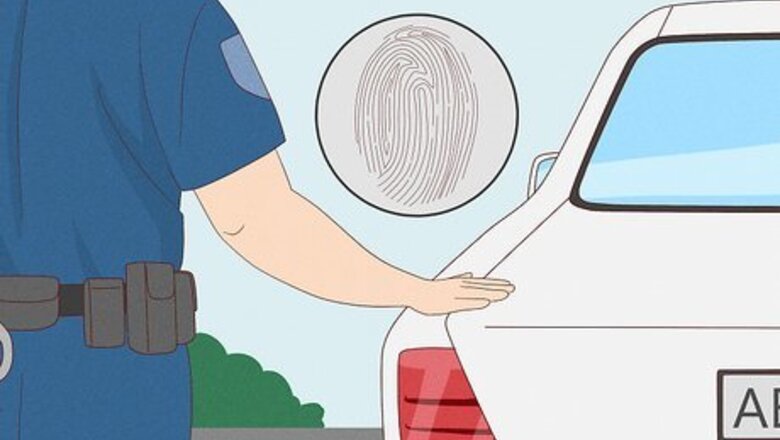
views
- A cop most likely touches the back of a car to leave proof that they’ve been near the vehicle.
- Some officers may tap the top of a trunk to check if it’s closed.
- In rare cases, a police officer might try to startle a driver or passenger by touching the car.
Why do police officers touch the back of a car?
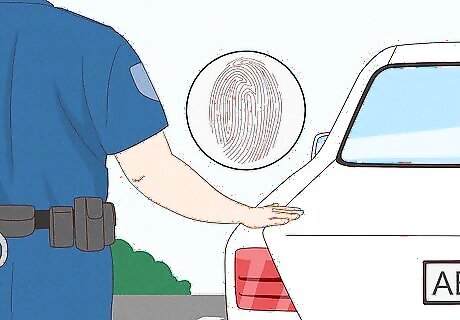
To leave behind fingerprints There’s no way for an officer to know exactly how a traffic stop will go. By touching the back of the car before approaching the driver, the officer leaves behind a bit of evidence to say, “I was here.” This way, if the driver fled or harmed the officer, the car could be tied to the crime. In light of this, a cop may also place a hand on the car's roof while talking to the driver. Nowadays, dashboard camera footage is used for the majority of evidence in traffic stop incidents, but the practice of placing a fingerprint on a car remains in case technology fails. There’s no law demanding an officer to leave behind a fingerprint, so it’s up to the precinct, department, or officer’s discretion to do so or not.
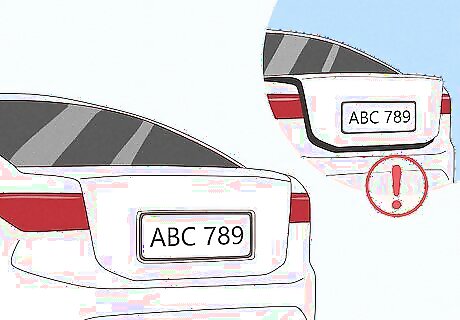
To ensure the trunk is closed Before 2002, car trunks didn’t have a safety latch, which meant that if someone were to hide inside, they would have to keep the trunk propped open to avoid being trapped. Officers would press on the trunk before approaching the driver to make sure they wouldn’t be attacked from behind. If an officer was trained before 2002, they may still touch the trunk of the car out of habit. Safety latches or interior trunk releases are levers or buttons that open a car trunk from the inside. These were made mandatory on September 1, 2001 to thwart trunk entrapment in kidnappings and related incidents.
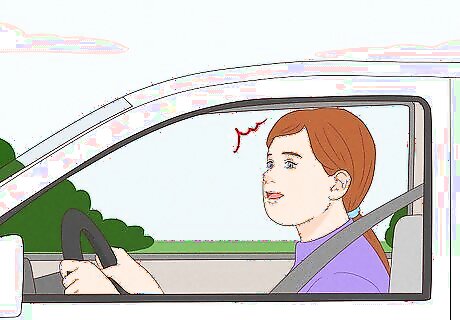
To startle the car’s occupants This isn’t standard police protocol, but placing a hand on the back of a vehicle may aid an officer if they suspect drug use or foul play. The driver and occupants of the car may get more nervous as the officer approaches the vehicle, especially if something (or someone) is in the trunk, and touching the car may be enough to rattle them into obviously hiding paraphernalia or coming clean. Know that it’s not every cop’s intention to scare or startle you; this is only a tactic some officers use despite its controversy.
Should you worry if a cop does this?
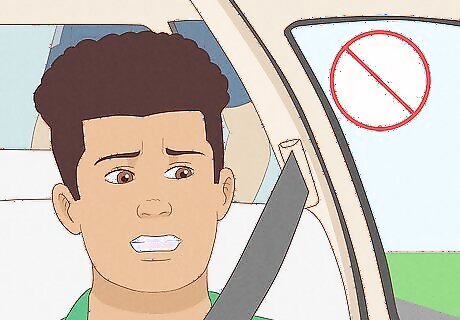
Nope, there’s no need to worry if a cop touches the back of your car. Whether you’re being pulled over or you witness a traffic stop, a police officer means no harm when they touch the trunk or taillight. They’re simply following protocol, ensuring everyone’s safety, and/or sticking to a habit.
What to Do When You’re Pulled Over
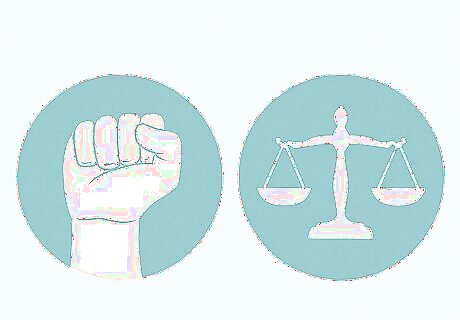
Know your rights. You have a right to stay silent and deny a vehicle search unless the officer has probable cause. If you’re arrested or detained, you can ask for a lawyer and remain silent. If you’re a passenger, you can ask the officer if you’re free to leave (and then do so quietly if you are). If you believe your rights were violated, write down or document everything you remember about the incident, including the officer(s)’s badge number(s), and then file a complaint with the department’s internal affairs division. Learn more about your rights by visiting ACLU.org or reviewing your state’s constitution.
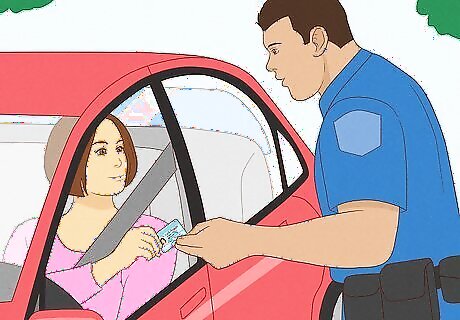
Follow the officer’s instructions. If the police officer asks for your license, registration, and proof of insurance, offer it without hesitation. It’s always better to be cooperative, even if you’ve done something wrong, as the situation is more likely to go in your favor if you keep your cool. Do your best to keep a level head when talking with an officer, as being on their good side could ultimately benefit you (they’re the one writing or not writing you a ticket, after all).
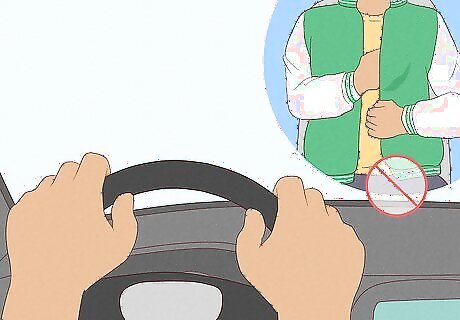
Leave your hands on the wheel. Avoid making any sudden movements, and don’t move unless the officer tells you to. Keeping your hands where an officer can see them ensures that they won’t think you’re reaching for a gun or other weapon. If you’re in the passenger seat, put your hands on the dashboard.


















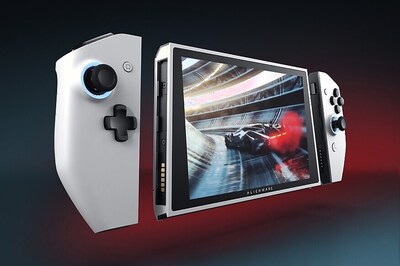

Comments
0 comment